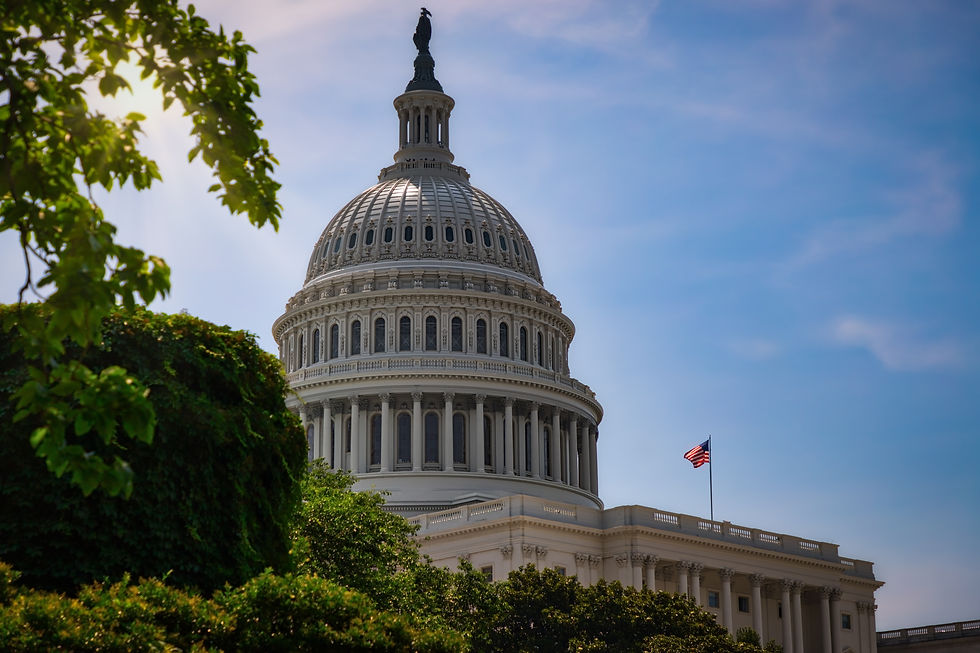A Retirement Wave is Happening
- crabtree297
- Mar 11, 2024
- 3 min read

More employees are opting for retirement, a trend that stands to have an outsized impact on employers. According to Bloomberg, the United States has approximately 2.7 million more retirees than projected. It marks an 80 percent increase from six months ago when there were roughly 1.5 million more retirees than anticipated. Before the pandemic, there were instances of fewer retirees than expected.
Retirement Trends Beyond Financial Motivations
While positive factors such as a bolstered stock market and cooling inflation could be driving forces behind the surge in retirements, some less favorable workplace dynamics might be the reason for the trend.
Retirement among older workers in 2023 and 2024 was not solely motivated by financial factors but also significantly influenced by psychological considerations. In numerous instances, individuals choose retirement despite being aware that their financial situation may not fully support it. For example, mandates to return to an office environment and employee burnout were tipping points in the decision-making process.
Challenges of Returning to Office Environments
Mandates to return to an office environment have gained traction over the past year following the widespread adoption of remote work during the COVID-19 pandemic. While some research suggests physical office spaces foster improved collaboration and heightened productivity, other studies show it can lead to unintended consequences, including the departure of many high-performing employees. Concurrently, burnout rates have surged in recent years, with findings from Aflac indicating that 57 percent of workers are grappling with at least moderate levels of burnout.
Confidence Dips Amidst Alarming Statistics
Surprisingly, the retirement wave comes amid dire retirement statistics, indicating employees are concerned about their post-work savings and do not feel adequately prepared for retirement. In 2023, workers’ and retirees’ confidence in having enough money to live comfortably throughout retirement plummeted to the lowest rate since the Great Recession. According to data from the Employee Benefit Research Institute (EBRI) and Greenwald Research, confidence among workers dropped from 73 percent in 2022 to 64 percent, while confidence among retirees fell from 77 percent in 2022 to 73 percent.
Furthermore, soaring inflation rates, the lingering effects of the pandemic, and various other challenges have prompted numerous employees to turn to their 401(k)s for financial relief. According to a survey conducted by Betterment at Work, nearly 30 percent of workers have dipped into their retirement funds over the past 12 months to cover short-term expenses. Additionally, healthcare in retirement is becoming an increasingly pressing concern. According to a report from EBRI, in 2022, just three percent of private-sector companies offered plans that supplement Medicare for eligible retirees.
However, a recent Bank of America report indicated some positive news regarding retirement. It found that 401(k) account balances saw a 15 percent year-over-year increase, averaging $86,280 in 2023, up from $75,045 at the end of 2022. Health Savings Account (HSA) balances also rose 11 percent in 2023 to an average of $4,380, up from $3,930 in 2022.
What It Means for Employers
The unexpected surge in retirements will have significant repercussions for employers. Organizations will not only contend with a reduced workforce due to the influx of retirees but may also grapple with inadequate retirement planning repercussions. For example:
Patterns of retirement have undergone a significant shift. Back in the days when pensions were prevalent, predicting retirement rates among a population was relatively straightforward. Today, retirement patterns are more of a mindset rather than a predetermined financial plan. People increasingly decide to retire based on when they have had enough rather than adhering to traditional retirement age or financial milestones.
In companies where institutional or highly specialized knowledge is crucial, the failure to sufficiently plan for employee retirements can have severe consequences. What happens when neither the company nor the employee has sufficient time to mold a successor?
A higher-than-anticipated rate of retirements can significantly impact retention and recruitment challenges, particularly in a competitive job market where employers already struggle to retain top talent.
Should a company suddenly face double the expected number of retirements, it finds itself with twice the number of critical roles to fill. This situation creates an imbalance where demand surpasses supply, leading to escalated costs related to recruiting replacements.
Addressing these challenges will require proactive measures, including robust succession planning, strategies to mitigate burnout, and efforts to bolster retirement savings. By acknowledging and adapting to the evolving retirement landscape, employers can navigate these changes more effectively and ensure the continued success of their organizations in the face of this retirement wave.




Comments